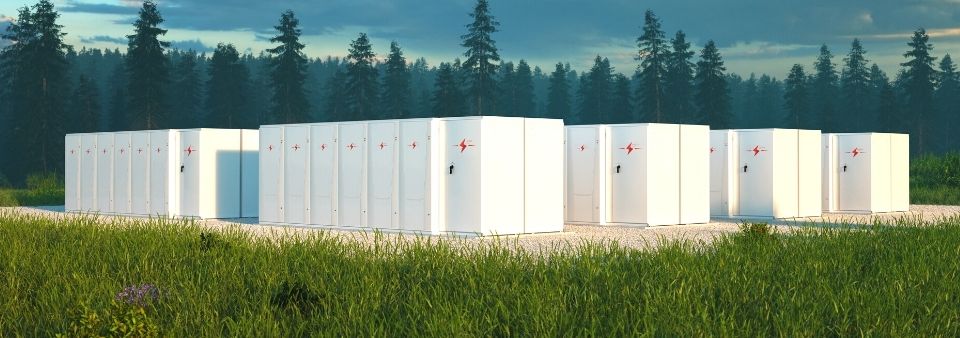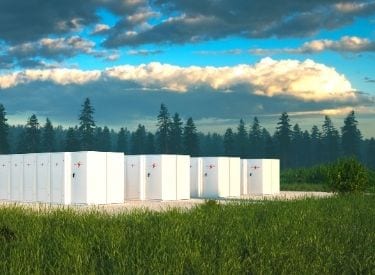Watch our webinar to hear of the key enablers, milestones and major barriers to being fully flexible.
Our energy system is changing. There is now more low-carbon generation than ever before and this will only continue to increase with the climate change targets and net zero commitment.
Most renewables produce different amounts of electricity depending on factors like the time of day or the weather. In order to maximize the use of intermittent renewables and to ease the burden on the network, flexibility will become an integral part of the low-carbon grid of the future. The grid of the future will need to be smart, provide flexibility and, most of all, it will need to be low-carbon.
BSI’s Associate Director of Energy, Sebastian Van Dort spoke to John Parsons, Director Digital, BEAMA to discuss and explore the key enablers and milestones that need to be in place to have a fully flexible grid in place by 2030, some of the major barriers that may be faced and the current approaches to flexibility.
What will I learn from the webinar?
- The key factors driving the change to a flexible and low-carbon energy grid
- The significant milestones that need to be in place to have a fully flexible grid in place by 2030 and the major barriers to achieving them
- The importance of international standards in this area
- The role of AI in a flexible and low-carbon energy grid



